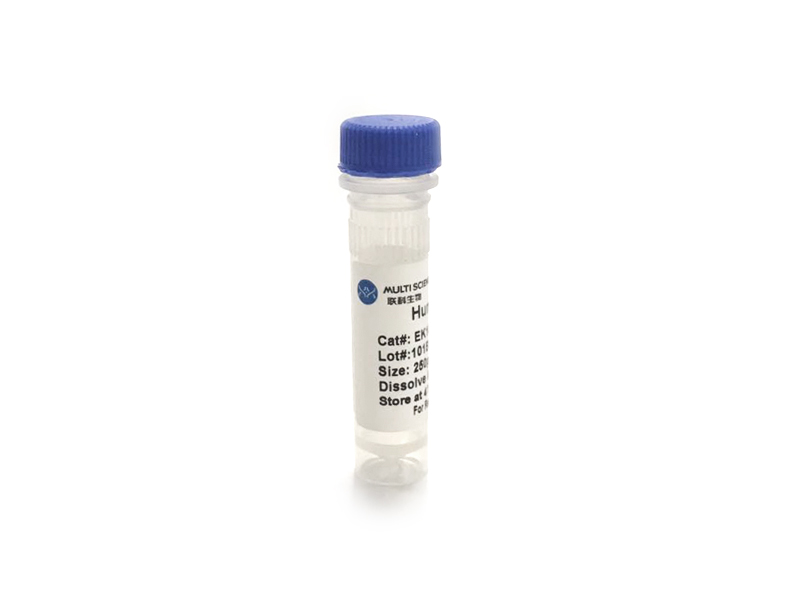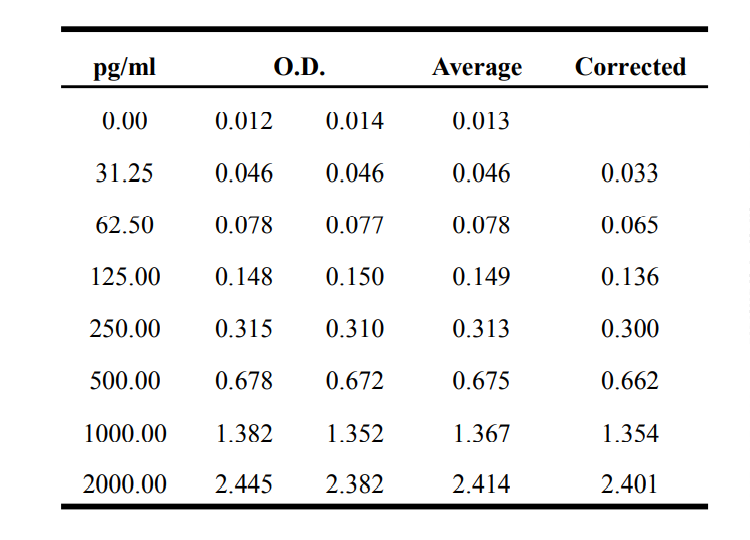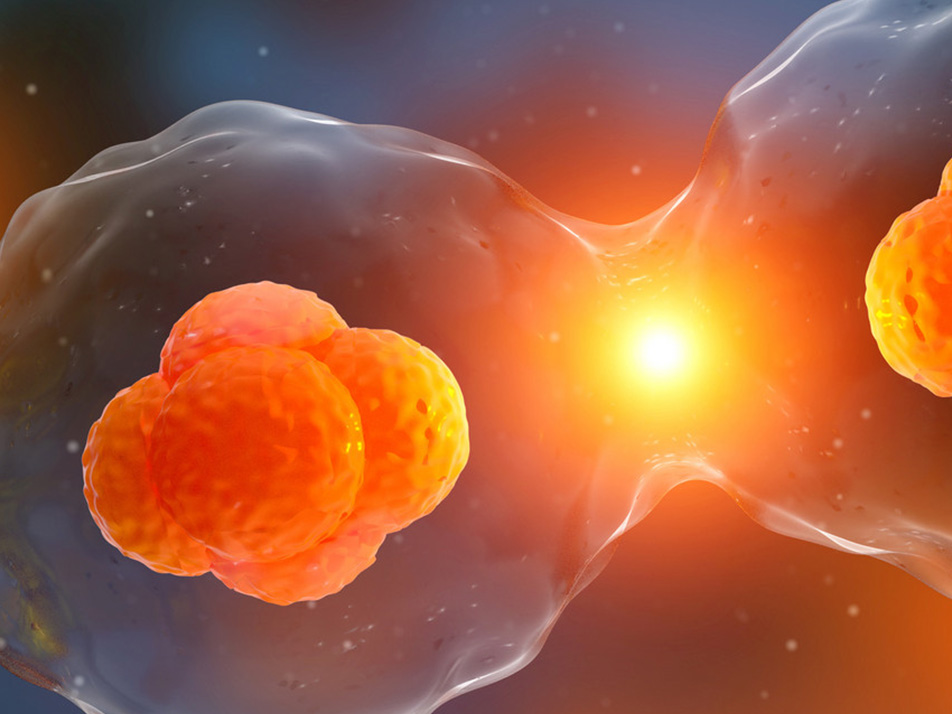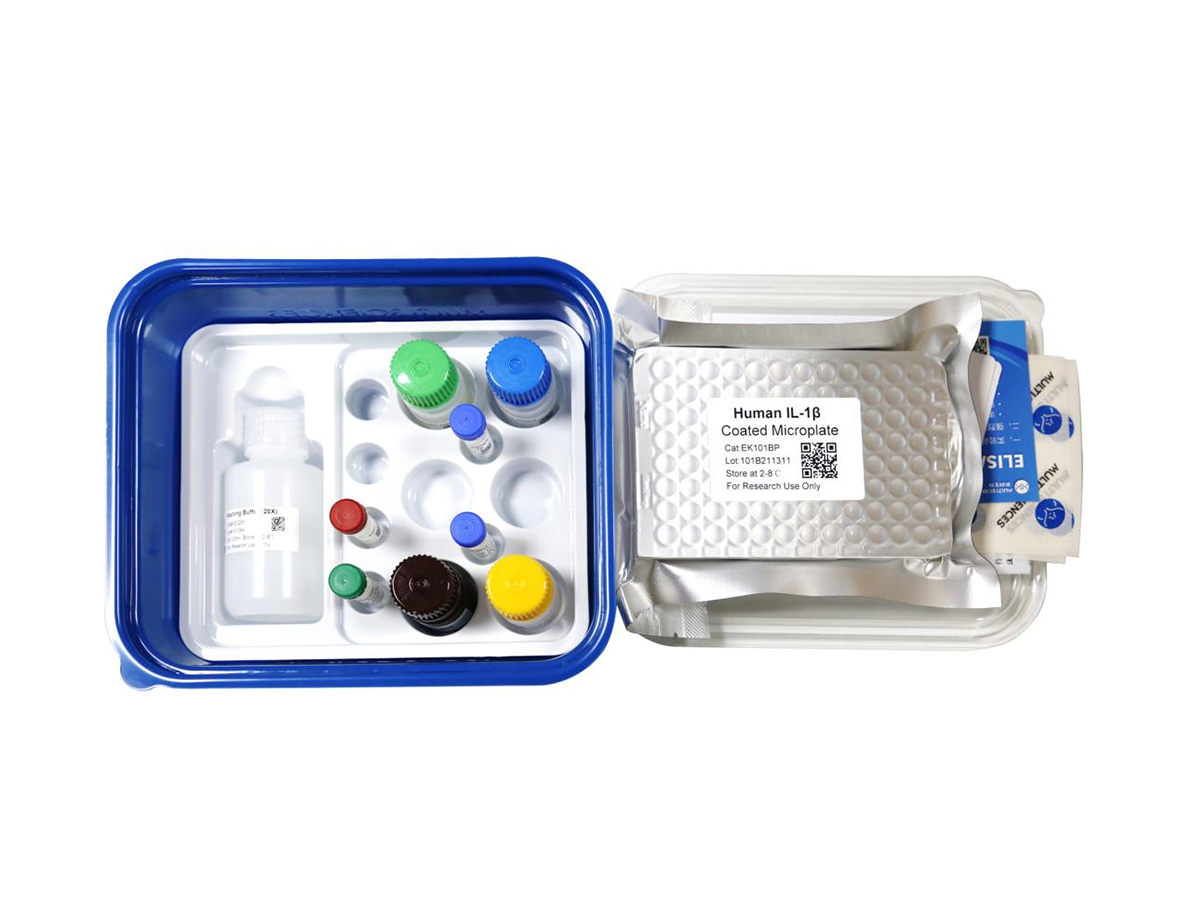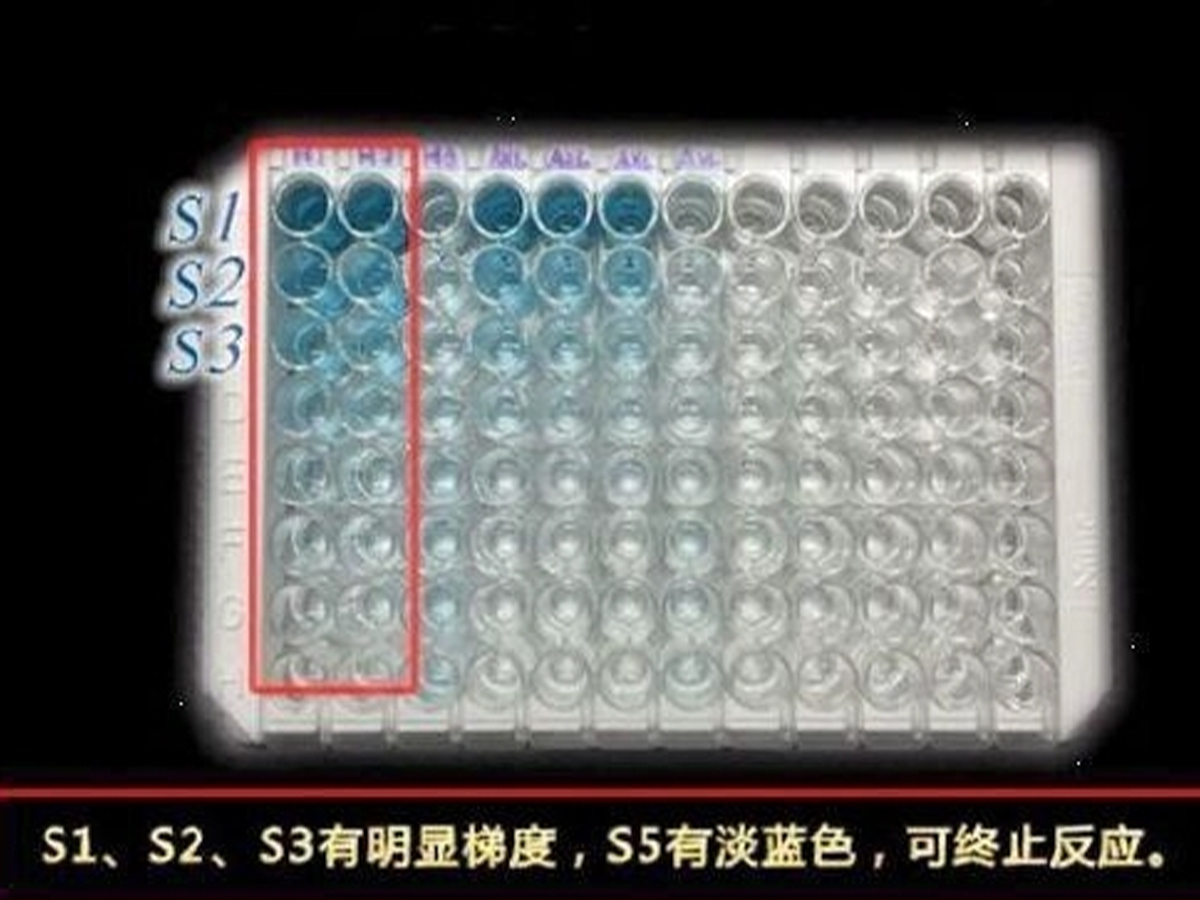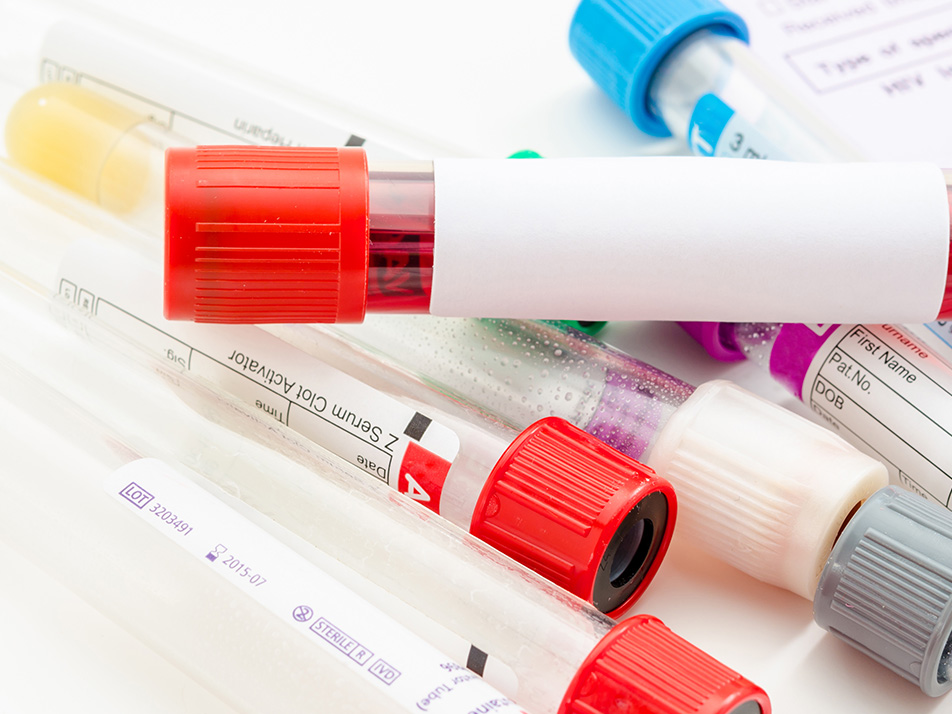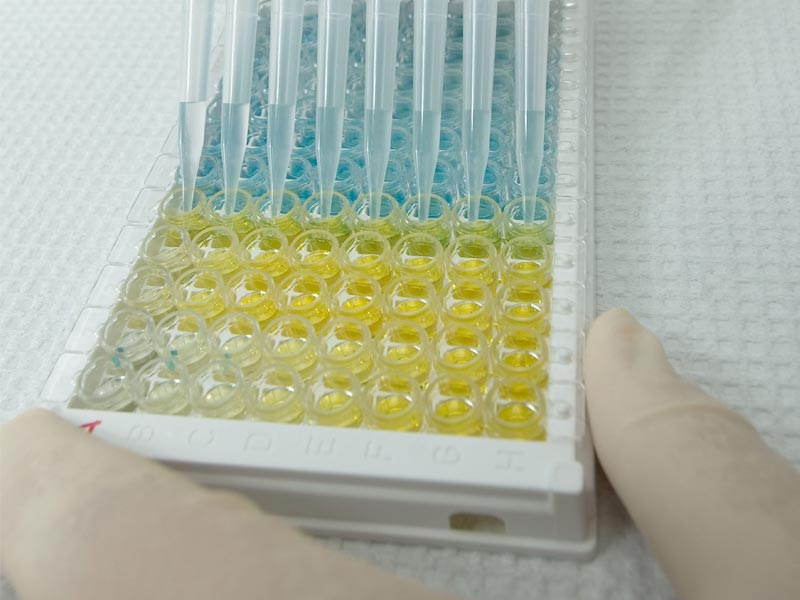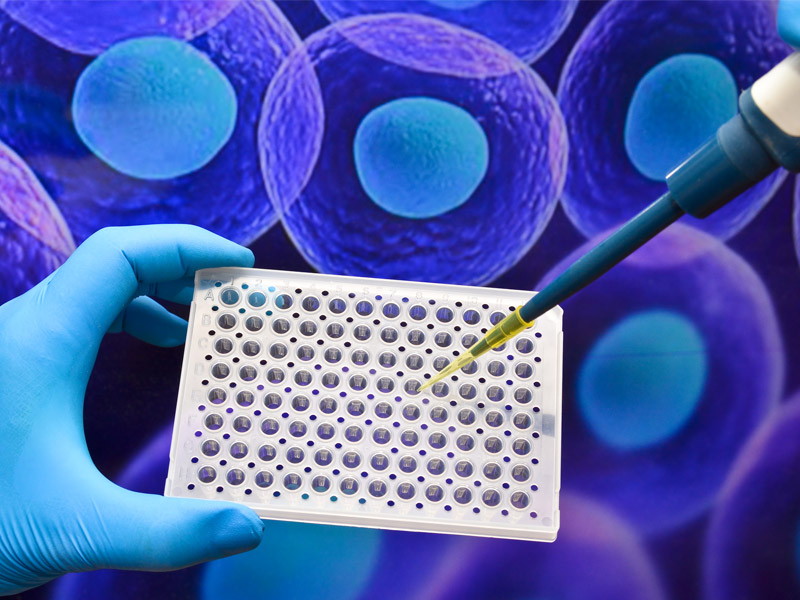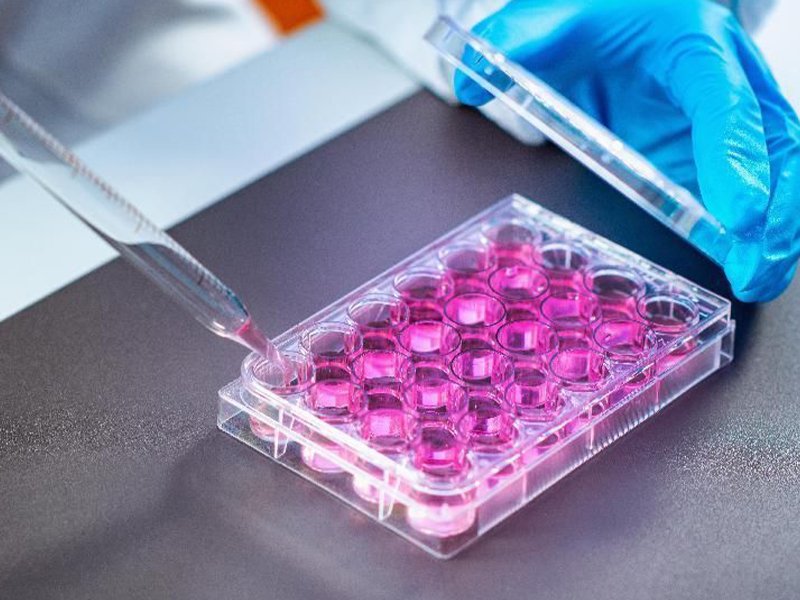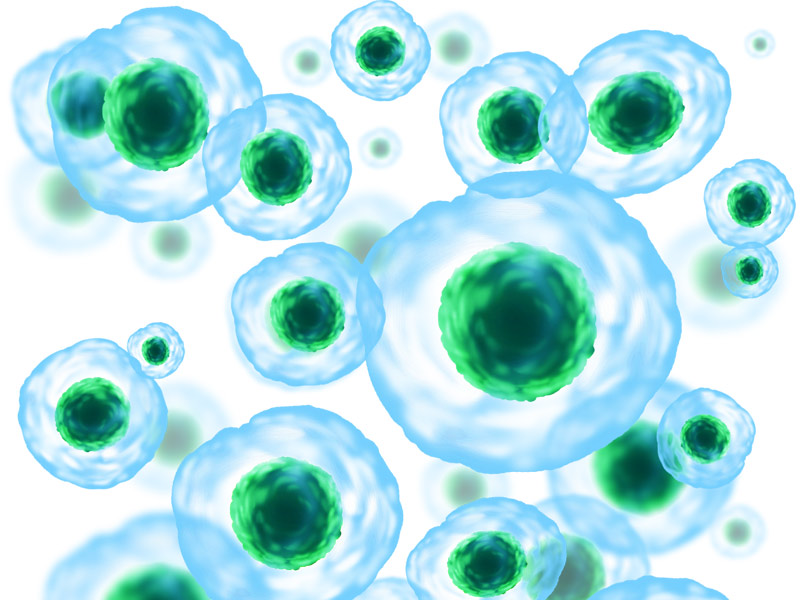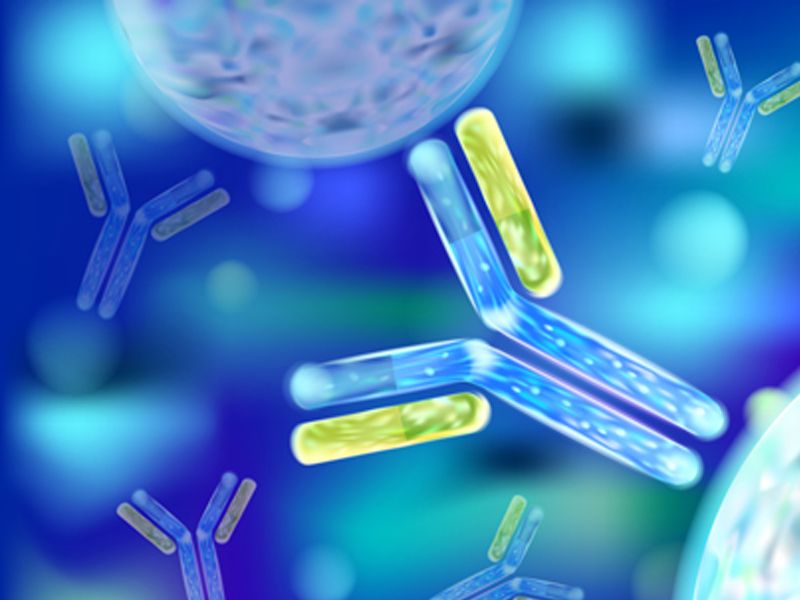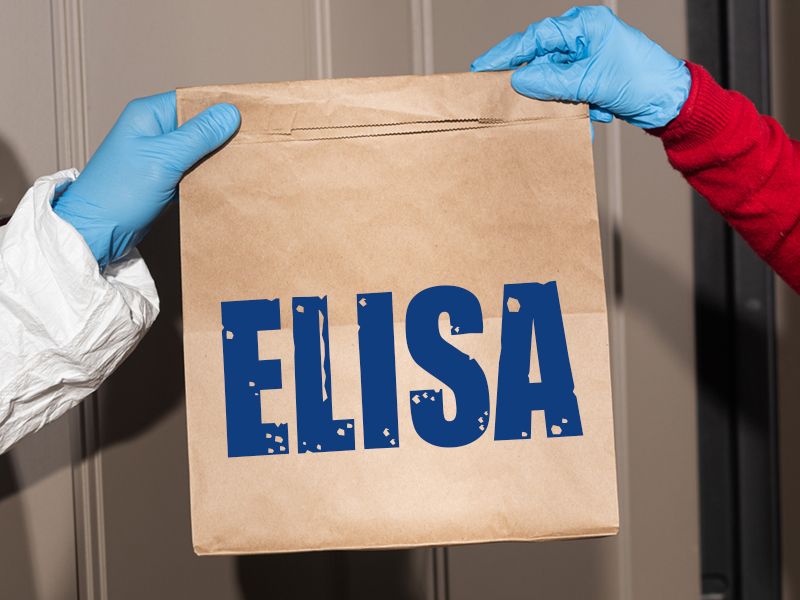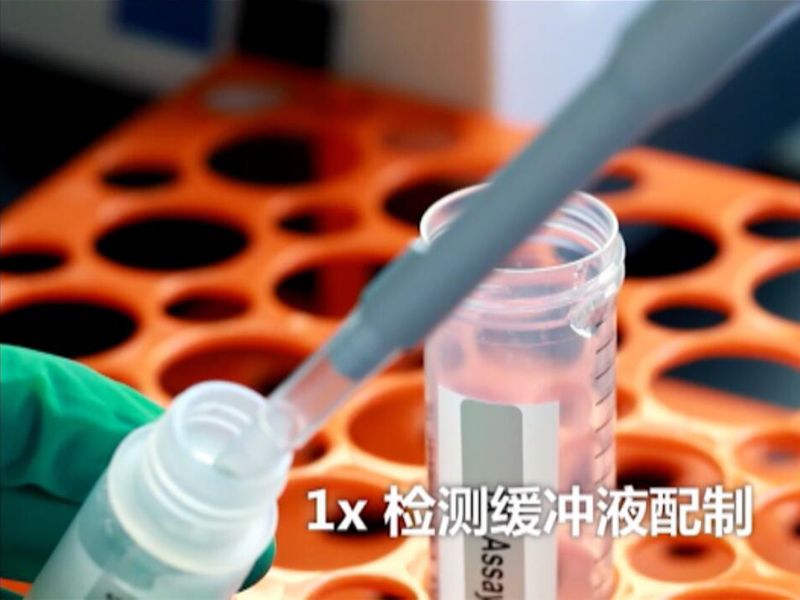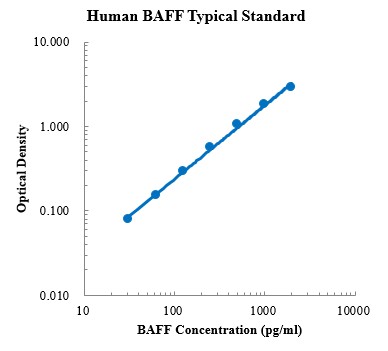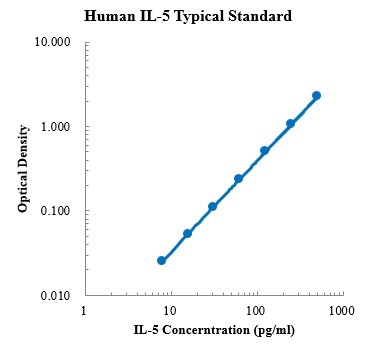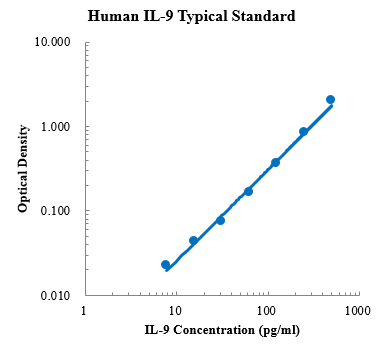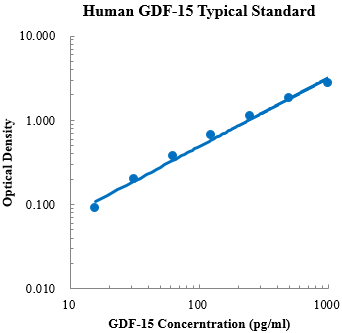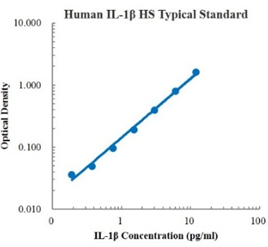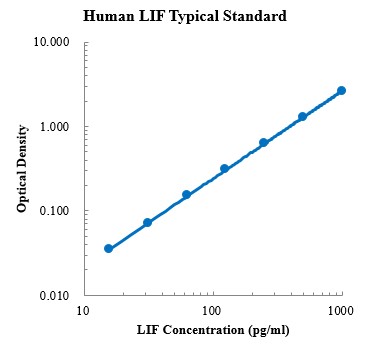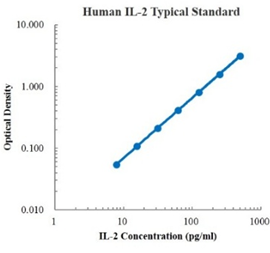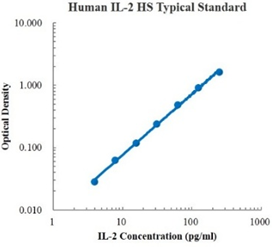Mouse CCL22/MDC Standard (小鼠趋化因子配体22/巨噬细胞来源的趋化因子 (MDC) 标准品)
¥580.00
- 分子靶点:CCL22, MDC, SCYA22, ABCD-1
- 种属:小鼠 (Mouse)
- 试剂盒:EK2216
- 保存:短期4℃保存,长期-20℃保存
- 运输条件:4℃蓝冰运输
在售SKU:70-EK2216S
描述
文章目录[隐藏]
本产品只包含标准品试剂,如需购买试剂盒请点击下图
-
- EK2216 6 Citations
- ELISA试剂盒
Mouse CCL22/MDC ELISA Kit检测试剂盒(酶联免疫吸附法)
- ¥1,600.00 – ¥2,650.00
| 商品名 |
Mouse CCL22/MDC Standard (小鼠趋化因子配体22/巨噬细胞来源的趋化因子 (MDC) 标准品) |
|---|---|
| 组分 |
小鼠CCL22/MDC趋化因子配体22/巨噬细胞来源的趋化因子 (MDC) 标准品 |
| 检测方法 |
双抗夹心法 |
| 样本类型 |
血清,血浆,细胞培养上清及其他生物学样本 |
| 板式 |
管 |
| 保存 |
短期4℃,长期-20℃保存 |
| 运输条件 |
4℃蓝冰运输 |
检测原理:本试剂盒采用双抗体夹心酶联免疫吸附检测技术。特异性抗小鼠CCL22抗体预包被在高亲和力的酶标板上。酶标板孔中加入标准品、待测样本和生物素化的检测抗体,经过孵育,样本中存在的CCL22与固相抗体和检测抗体结合。洗涤去除未结合的物质后,加入辣根过氧化物酶标记的链霉亲和素(Streptavidin-HRP)。洗涤后,加入显色底物TMB,避光显色。颜色反应的深浅与样本中CCL22的浓度成正比。加入终止液终止反应,在450 nm波长(参考波长570 - 630 nm)测定吸光度值。
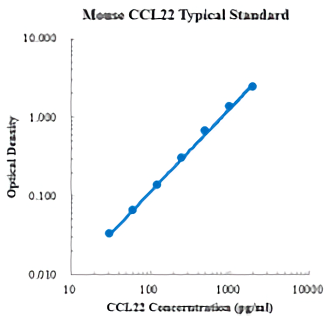
分子信息
CCL22 分子靶点信息概述
- 分子名:CCL22, C-C motif chemokine ligand 22
- 基因家族:Chemokine ligands
- 别名:MDC; STCP-1; ABCD-1; DC/B-CK; A-152E5.1; MGC34554
- 曾用名:SCYA22
- 全称:small inducible cytokine subfamily A (Cys-Cys), member 22; chemokine (C-C motif) ligand 22
CCL22 分子靶点综述
趋化因子配体22 (CCL22),又名巨噬细胞来源的趋化因子(MDC),是CC趋化因子家族中的一员。B细胞、小胶质细胞、树突状细胞、巨噬细胞、单核细胞、干扰素γ激活的角质细胞、结肠上皮细胞、CD4+ T细胞、胸腺髓质上皮细胞(小体)和活化的NK细胞都可表达CCL22。 CCL22对淋巴细胞迁移有重要作用,它是树突状细胞、胸腺细胞和活化的NK细胞等细胞类型的有效趋化物。抗原递呈树突状细胞产生的CCL22趋化携有CCR4的活化 (或记忆)T细胞,从而增强机体的免疫应答,增加效应功能。CCL22还有其他功能,包括血小板功能的激活、抑制海马神经元之间的突触传递。
小鼠 Mouse Ccl22 分子靶点信息
- 分子名:Ccl22, chemokine (C-C motif) ligand 22
- 别称:
- ABCD-1
- MDC
- Scya22
- small inducible cytokine subfamily A22
- 基因序列:NCBI_Gene: 20299
- 蛋白序列:
小鼠 Mouse Ccl22 靶点分子功能(预测)
Predicted to enable CCR chemokine receptor binding activity and chemokine activity. Predicted to be involved in several processes, including cellular response to cytokine stimulus; leukocyte chemotaxis; and positive regulation of ERK1 and ERK2 cascade. Predicted to act upstream of or within chemotaxis. Located in extracellular space. Is expressed in inguinal lymph node; thymus; and thymus primordium. Orthologous to human CCL22 (C-C motif chemokine ligand 22).
引用文献统计
该产品被引用的文献总数为:0
暂无相关文献引用。
ELISA标准品操作常见问题查看更多ELISA标准品操作步骤技术文章
查看更多ELISA标准品操作步骤技术文章
操作步骤
文章目录[隐藏]
- ELISA操作常见问题
- 小心!你的 ELISA 试剂盒可能是假的
- 开学学习计划,如何收集ELISA检测样本——细胞
- 开学学习计划,如何选择ELISA试剂盒
- 开学学习计划,ELISA从新手到入门!
- 一文掌握ELISA实验显色判断、数据分析及标曲拟合
- 血清OR血浆,哪个是ELISA的菜
- ELISA通关必备丨数据篇丨标准曲线不佳
- ELISA通关必备丨操作篇丨常见问题及解决方案
- ELISA通关必备丨操作篇丨溶解与稀释标准品
- ELISA通关必备丨样本篇丨不常见样本
- ELISA通关必备丨样本篇丨常见样本丨细胞
- ELISA通关必备丨如何选择试剂盒
- ELISA通关必备丨基础知识
- 真?假?ELISA试剂盒选择要小心
- ELISA常见类型一 | 双抗夹心法,你要的都在这里!
- ELISA常见类型二 | 竞争法,五分钟搞定!
- 叮!联科向您投递了个ELISA实验操作干货包,请查收~
- 【视频】ELISA实验操作步骤演示视频教程
- ELISA 组织样本的处理—大鼠组织
- 【视频】ELISA实验原理与常见问题分析
- 查看更多ELISA操作相关问题
ELISA操作常见问题
查看更多ELISA操作相关问题
引用文献
文章目录[隐藏]
- GTS-21 Reduces Inflammation in Acute Lung Injury by Regulating M1 Polarization and Function of Alveolar Macrophages
- SIRT1 regulates inflammation response of macrophages in sepsis mediated by long noncoding RNA
- Lactate induces alternative polarization (M2) of macrophages under lipopolysaccharide stimulation in vitro through G-protein coupled receptor 81
- The Involvement of Type 2 Innate Lymphoid Cells in Airway Inflammation of Asthma
- Circular RNA circWWC3 augments breast cancer progression through promoting M2 macrophage polarization and tumor immune escape via regulating the expression and secretion of IL-4
- Formononetin attenuates cigarette smoke-induced COPD in mice by suppressing inflammation, endoplasmic reticulum stress, and apoptosis in bronchial epithelial cells via AhR/CYP1A1 and AKT/mTOR signaling pathways
GTS-21 Reduces Inflammation in Acute Lung Injury by Regulating M1 Polarization and Function of Alveolar Macrophages
SIRT1 regulates inflammation response of macrophages in sepsis mediated by long noncoding RNA
Lactate induces alternative polarization (M2) of macrophages under lipopolysaccharide stimulation in vitro through G-protein coupled receptor 81
The Involvement of Type 2 Innate Lymphoid Cells in Airway Inflammation of Asthma
Circular RNA circWWC3 augments breast cancer progression through promoting M2 macrophage polarization and tumor immune escape via regulating the expression and secretion of IL-4
Formononetin attenuates cigarette smoke-induced COPD in mice by suppressing inflammation, endoplasmic reticulum stress, and apoptosis in bronchial epithelial cells via AhR/CYP1A1 and AKT/mTOR signaling pathways

